Tosa Inu: breed features and content
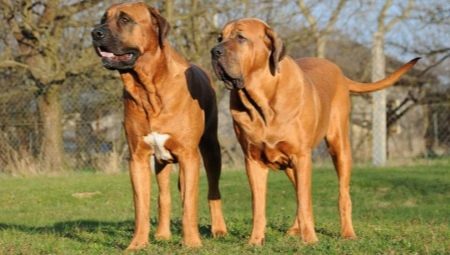
The purebred Japanese Mastiff is a rare and uncommon breed. The reputation of the Tosa Inu was negatively affected by the misconception that it is an extremely aggressive dog. In addition, the high price of puppies also does not contribute to its growth in popularity. In fact, it is a very calm, noble and imperturbable breed. However, there are subtleties of character and content that you should know about before buying a puppy.
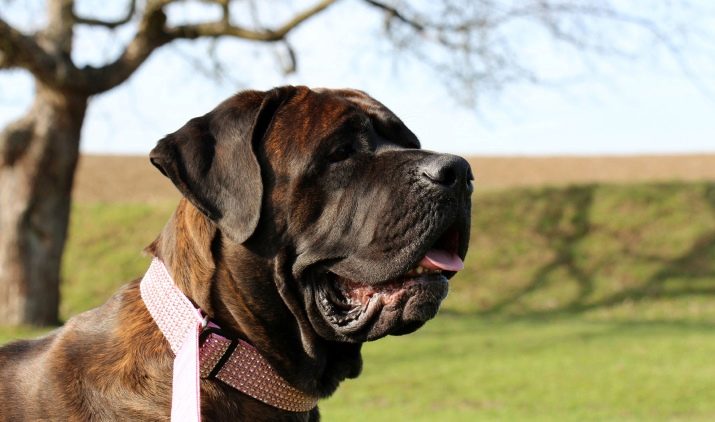
Origin story
Different bloods are mixed in the Tosa Inu breed: mastiff, bulldog, bull terrier, great dane. It is natural that the appearance of this mastiff happened in Japan, since there is a special attitude to dog fighting. This type of entertainment was intended for wealthy people, it has developed intensively since the XIV century.
Then representatives of the Nihon-Inu breed took part in the battles, but they lost to the stronger and stronger European dogs - bulldogs, bull terriers, mastiffs and others. Then it was decided to cross the Nihon Inu with bulldogs and bull terriers. Further, successive crossbreeding was applied with Mastiffs, Great Dane, Pointers and St. Bernards. This is how the Tosa Inu appeared in the form in which it exists now.
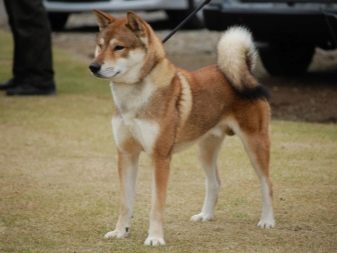
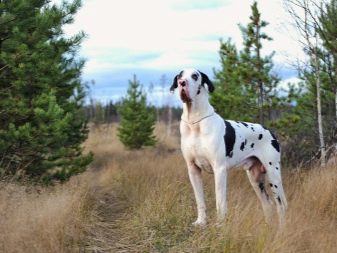

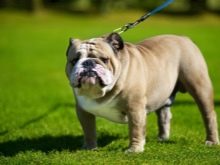
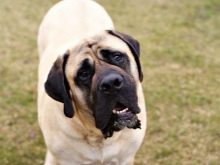
Tosa Inu appeared in 1868, first exclusively on Japanese lands, but later spread to those countries that were united with Japan by common trade interests.
The breed experienced a heyday in the period from 1925 to 1933. The breed almost disappeared during the Second World War, as the famine in Japanese lands was very strong.Most of the Tosa Inu were destroyed, only a few individuals were saved by the breeders, risking their own heads, because the dogs had to be fed, and they ate a lot. Thanks to their placement in sparsely populated areas, the breed was saved from the death penalty. After some time, the number of litters was restored thanks to the enthusiasm of the breeders.
Today, Tosa Inu mainly live in the country where they were bred, being used as guards in the homes of wealthy people. This is a fighting breed, its representatives are very persistent, strong and powerful. They attack without knowing pity. They look extremely impressive, while being excellent watchmen. Indeed, aggressiveness is the “core” of the Tosa Inu character, so it must be properly educated, done consistently. The owner must have a firm and calm character.
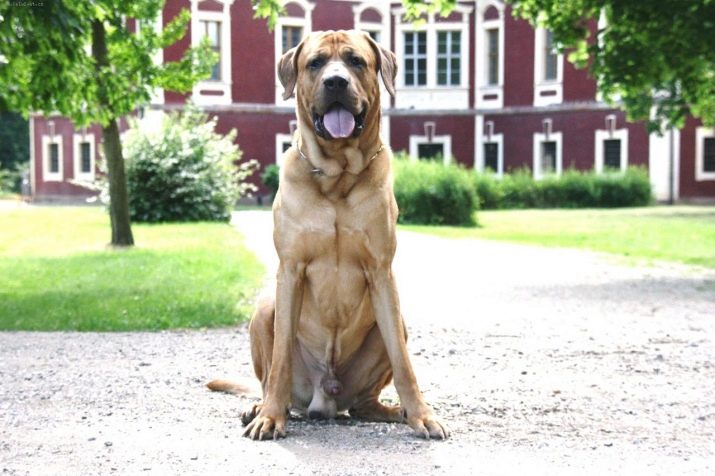
Description of the breed
In European countries, representatives of the breed that fully meet its standards are almost never found. In accordance with the requirements of the standard, a dog of this breed must have the following characteristics:
- square head shape;
- triangular jaw, slightly protruding forward, scissor bite;
- strong mouth;
- black nose;
- thick lips;
- dark brown eyes, a smart, confident and calm look;
- hanging ears of a triangular shape;
- short thick muscular neck with skin folds (dewlap);
- strong muscular body with a straight back;
- tucked up belly;
- straight and long legs with strong bones; hind feet must have correct articulation angles;
- tail set high and reaching the hock.
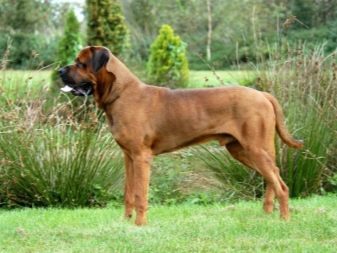
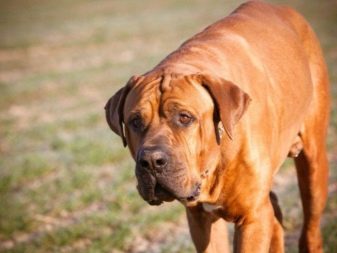
A healthy dog can weigh up to 70 kg. The growth of the male reaches 70 cm, the bitch - up to about 60 cm. The coat is characterized by a brown color of different tones - in the area of the ears and neck it is darker, the rest of the body is lighter. The presence of one or more white spots in the chest area is acceptable. White spots are not allowed in other areas of the body. The texture of the coat should be tough, short and thick.
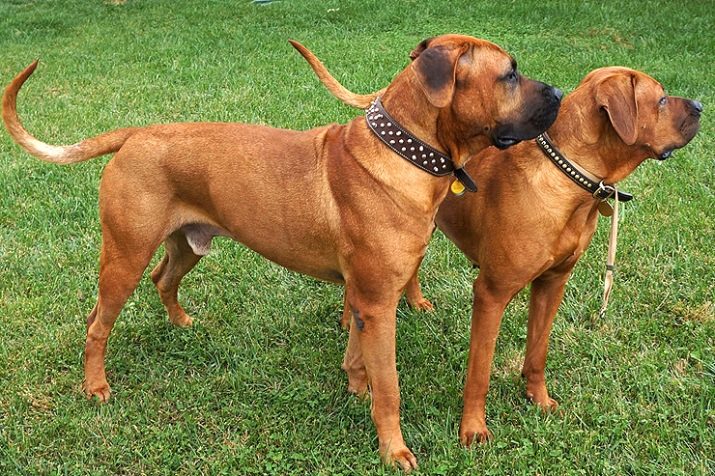
It is desirable to have a black mask on the face.
By nature, the Tosa Inu is a patient and courageous dog. The disadvantage of the breed is the presence of a sharp muzzle. Vices include cowardice, lack of confidence in behavior, weak and thin bones, as well as the presence of a strong undershot or undershot. Defects of the breed (that is, disqualifying signs) are recognized as monorchism and cryptorchidism.
Character and behavior
Despite the fact that the Tosa Inu is a fighting breed, aggression and anger, with proper education, are absent in it. There is no problem to keep a dog in a family with children, all household members will love it. Tosa Inu have an easygoing, patient and caring character, while they are very active.
If there is a need, then this dog is able to lie motionless for a long time, without attracting attention to itself. She is self-possessed and persistent, it is unusual for her to bark for no reason. Tosa Inu are friendly, and if they are socialized and brought up from an early age, then they completely lack aggression even towards strangers.
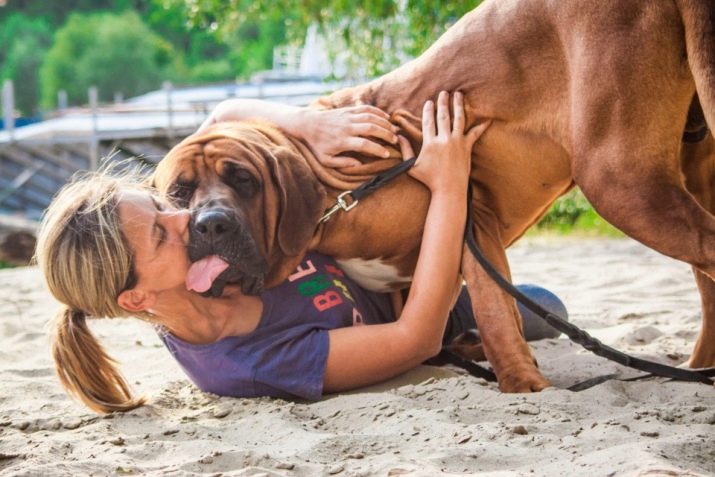
These are very loyal dogs to their owners. They will never give them offense, they will not even allow a stranger with hostile intentions to approach them. They are brave and courageous dogs with incredible strength. There is a huge amount of inner dignity in a dog of this breed. That's why the owner must be so strong in spirit that the dog recognizes his leadership. You need to buy a Tosa Inu at an early puppy age and train from the very beginning.
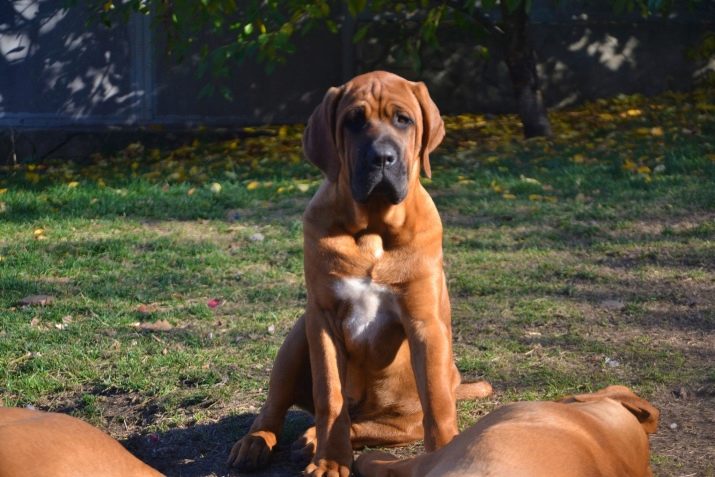
It is impossible to raise an adult dog. Representatives of this breed are child-loving, but it is undesirable to leave the child alone with them. They do not really like to play with children, but they will clearly control so that the little researcher does not harm himself in the process of learning about the world. But if the child crawls towards the dog, it is possible that it will act aggressively.The owner of the Tosa Inu recognizes only one member of the family, the rest will be taken calmly and loyally, but will not obey.
The dog must be constantly monitored, and the owner must do this. She is calm almost all the time, but she can show aggression if someone encroaches on her peace. Only continuous training will help solve the problem with frequent outbursts of Tosa Inu aggression.
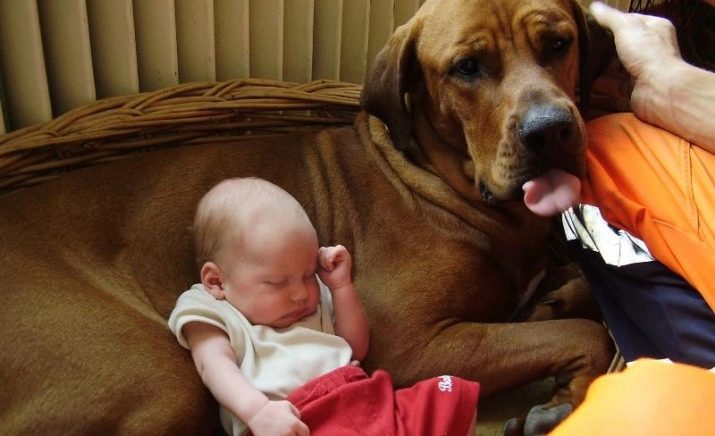
How to choose a puppy?
A distinctive feature of Tosa Inu puppies is activity and playfulness. Only at the age of a puppy does this breed run, make noise, rejoice and gallop. They are so nimble, mobile that the owner must not take his eyes off the pet and constantly occupy him with something, educating him in the process of playing. Growing up, Tosa Inu become more calm, calm and noble.
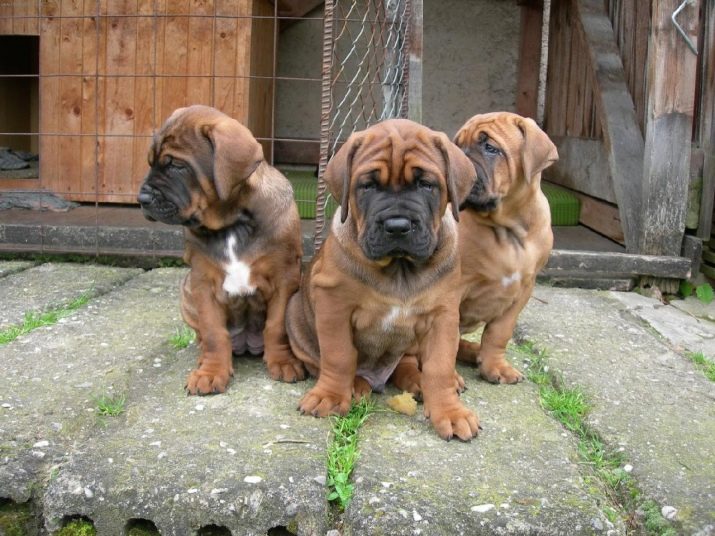
Conditions for keeping
If the owner does not have enough time to be close to his pet, or the nature of his work is such that he is absent from home for a long time, it is better not to have a dog of this breed. If the dog does not see the owner for a long time, it ceases to perceive him as the main one, goes out of control, and once, during an outbreak of aggression, the owner may not influence him and not calm him down. It is not difficult to look after Japanese mastiffs, but there are rules that must be followed so that the Tosa Inu does not get sick with anything.
- Wash the dog is needed as rarely as possible, only if absolutely necessary. Brush it out twice a week. A rubber-toothed brush is suitable for this.

- Tosa Inu eyes and ears should be examined regularly. Keeping your eyes clean is a must for your dog's healthas soon as a so-called standing tear appears in them, you need to visit a doctor so that the infection does not spread.

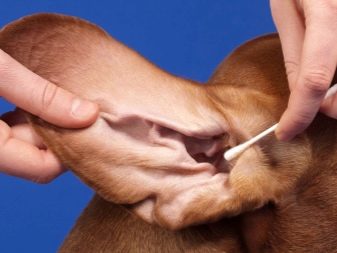
- Ear cleaning carried out as needed. As soon as the period of tick activity begins, it is necessary to examine the dog after each walk, removing parasites if necessary.
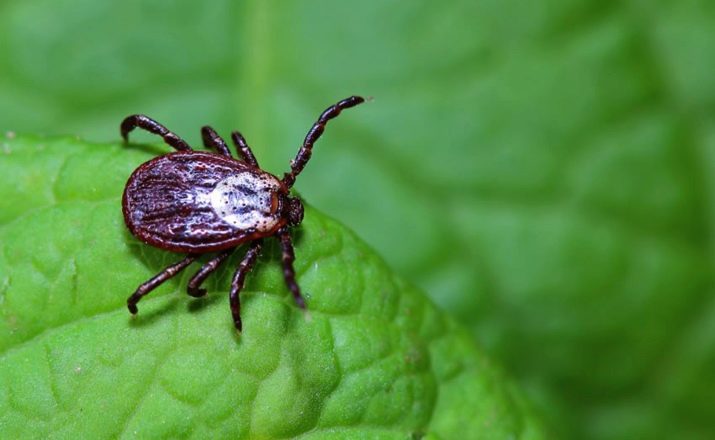
If a tick is found on a dog, you should immediately contact your veterinarian.
- Neck folds - this is a subject of special attention, since diaper rash that appears in them can lead to the appearance of suppuration. To prevent diaper rash from appearing, in the summer you need to use a damp cloth to treat the areas between the folds daily, and in other periods - every other day.
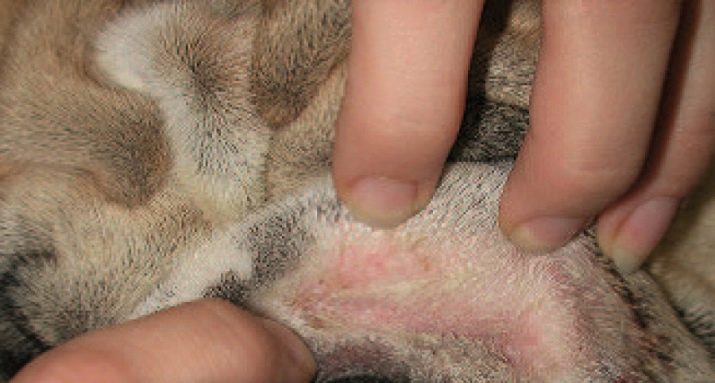
- The mandatory procedures for the care of the Tosa Inu include and regular claw trimming. The owner can do this himself at home using round scissors, or you can ask the groomer for help. Regular nail scissors will not work, as they are very traumatic for dog's claws - they break the nail plates, leading to cracking.
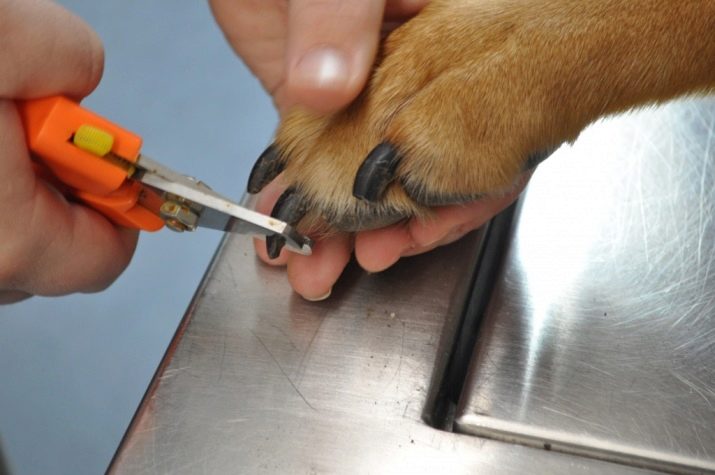
- Teeth also needs to be cleaned, otherwise plaque and tartar may appear. To clean your teeth, you need to use special pastes, as well as toys.

- All procedures must be carried out from the first months of the puppy's life, accustoming to them... If this is not done, then it will no longer be possible to agree with an adult dog.

- Keeping a Tosa Inu in a city apartment can be very difficult for both the dog and the owner. The most convenient and most comfortable place for a dog will be in a private house, where there is a fenced yard and an open-air cage, where he can walk, and live in summer and early autumn. During the cold season, the dog should be warm, at home. The dog should have its own sleeping and feeding area.
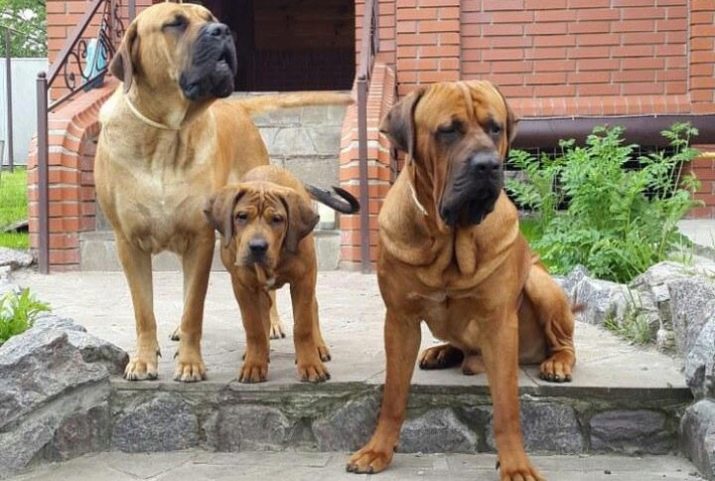
As for bitches during periods of estrus and pregnancy, they should always be kept warm, protected from cold weather, drafts, dampness.
- You need to walk your dog in the place where people live only on a leash and in a muzzle. Since they are a fighting breed, they can harm or frighten children or adults. The leash should be long enough so as not to cause discomfort to the animal, but to allow the owner to react in a timely manner to an emergency situation.You can only release the dog from the leash where the playground is fenced in or in a wooded area. But even there you need to make sure that there is no one nearby who could get hurt. Having released the dog from the leash, you need to constantly monitor where it is and what it is doing.

Important! Many countries prohibit keeping representatives of this breed in city apartments and houses, since the Tosa Inu requires continuous education, training, and special conditions of detention. Not every person can provide this.
Feeding
Representatives of the breed have a fairly strong immunity. They need regular and proper care, then the possibility of diseases is minimal. And also you need to regularly vaccinate. The most common diseases of the breed are articular dysplasia of the elbows and hips. As soon as the owner notices that the dog is painful to move, he should immediately contact the veterinarian. If the dog is lethargic, sad, refuses to walk, lies, rarely getting up, you should immediately call a doctor.
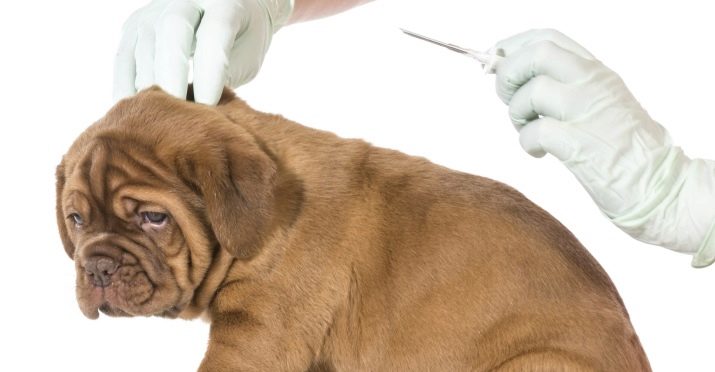
Important! Life expectancy of a representative of the breed is 7-9 years.
The diet of the Japanese Mastiff must be well developed. It is best if a veterinarian does it, who will draw up the menu, the serving size, and also indicate how often the dog needs to be fed. If the owner works during the day and cannot prepare fresh food for the pet, he can eat dry food. However, its category should be either premium or super premium, high in healthy fats and protein. But the priority is still with natural food.

You cannot salt and season dishes for the Japanese Mastiff. You can not treat him with sweets, smoked meats, fatty and fried foods. The diet should be based on lean meat, cereals, lots of vegetables and dairy products. If you plan to feed the dog with offal, they should be boiled. The tripe can be fed raw.
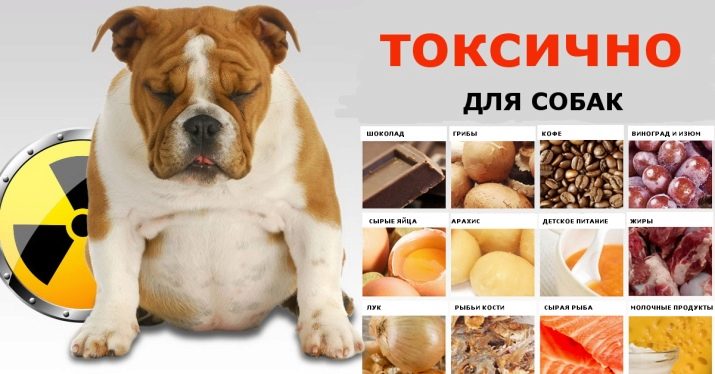
Growing organisms of puppies need three or four daily meals, while adult dogs need two meals a day. Puppies must eat calcified cottage cheese, kefir. Teenage puppies take a vitamin complex prescribed by a veterinarian. At 8 months, the dog is transferred to an adult two meals a day, this also applies to the diet.

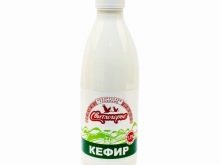
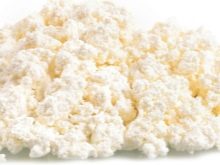
Tosa Inu have a slow metabolism and tend to gain weight. As soon as the dog begins to recover, you need to revise its diet, reduce the size of portions, otherwise kidney and liver diseases are inevitable. To understand if a dog is overweight, you need to feel its ribs - if the last two ribs are easy to find, everything is in order. Immediately after eating, you do not need to walk the dog, make it exercise. And you should also take care of the presence of vitamin complexes in the dog's diet to prevent the risk of the onset and development of joint dysplasia.
The digestive system of the Tosa Inu is very sensitive to the quality of the food consumed. Allergies can occur from low-quality products. In addition, they are prone to allergies to fish and chicken, so these foods should be introduced with caution. The first signs of an allergic reaction are skin rashes and itching. If you miss the first manifestations of allergies, hair loss will begin in the affected areas.
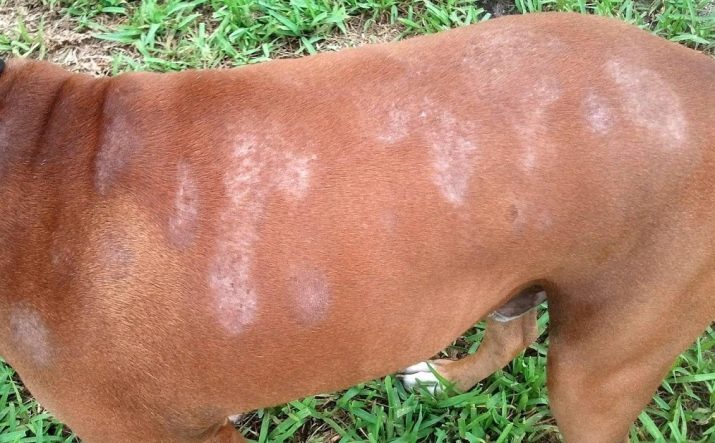
And also an allergic reaction can be accompanied by nausea, diarrhea, rumbling in the abdomen.
Education and training
The most common mistake of the owners of representatives of this breed is that they want to "train" the dog to guard the house as soon as possible. The caveat to experienced breeders is not to do this. When raising a puppy of this breed, the emphasis should be on something completely different.
It is better if a professional dog handler is involved in training the puppy, who will draw up a training plan, choosing the necessary degree of intensity and duration of physical activity in accordance with the age and development of the dog. Classes should be held in specialized deserted places, as the dog will have to be off the leash.

The breed is good trainable, teams learn quickly, training problems are few. But initially, the owner must make it clear to the dog that he is the leader, so that she takes him seriously. Tosa Inu need to develop muscles, so physical activity should be regular and stable. But when training puppies, you need to remember the fragility of their spine, without overloading them.
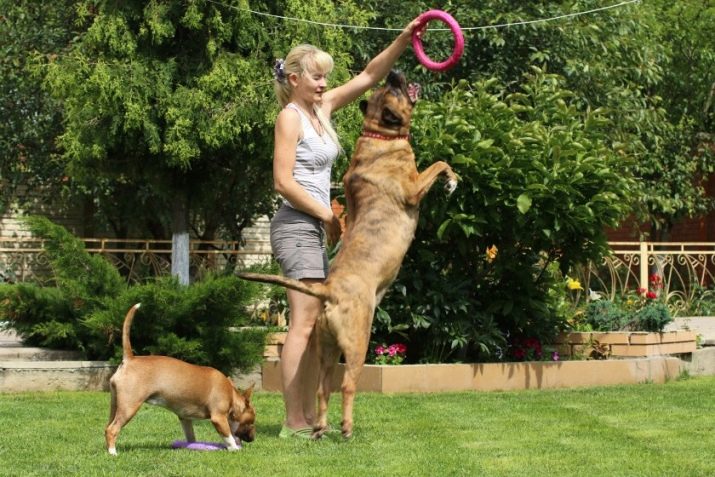
You can neither twitch nor be sloppy with the puppy, as you can harm its bones.
Despite the calmness and nobility of the dog, it still belongs to the fighting breed. That is why it is necessary to start it for people who have an idea of what it means. You should not have a puppy of this breed for such people as:
- those who are not ready for long walks and regular trips out of town to train a dog;
- living in a small apartment;
- not familiar with dog training;
- those who want to have a dog showing aggression;
- unable to recognize the changing mood of the dog;
- those who cannot keep a dog weighing 40-60 kg on a leash;
- people who do not have huge reserves of patience;
- able to apply physical force to an animal prone to the use of compulsory methods of upbringing;
- those who do not have the opportunity to turn to a cynologist-trainer to develop a training strategy and eradicate problems arising in education.
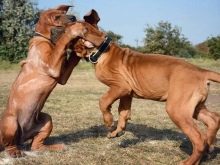
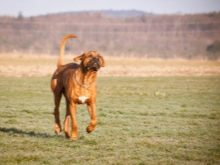
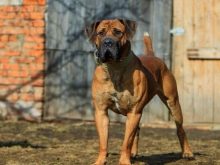
For how a Tosa Inu puppy looks like in a year, see the video below.



































